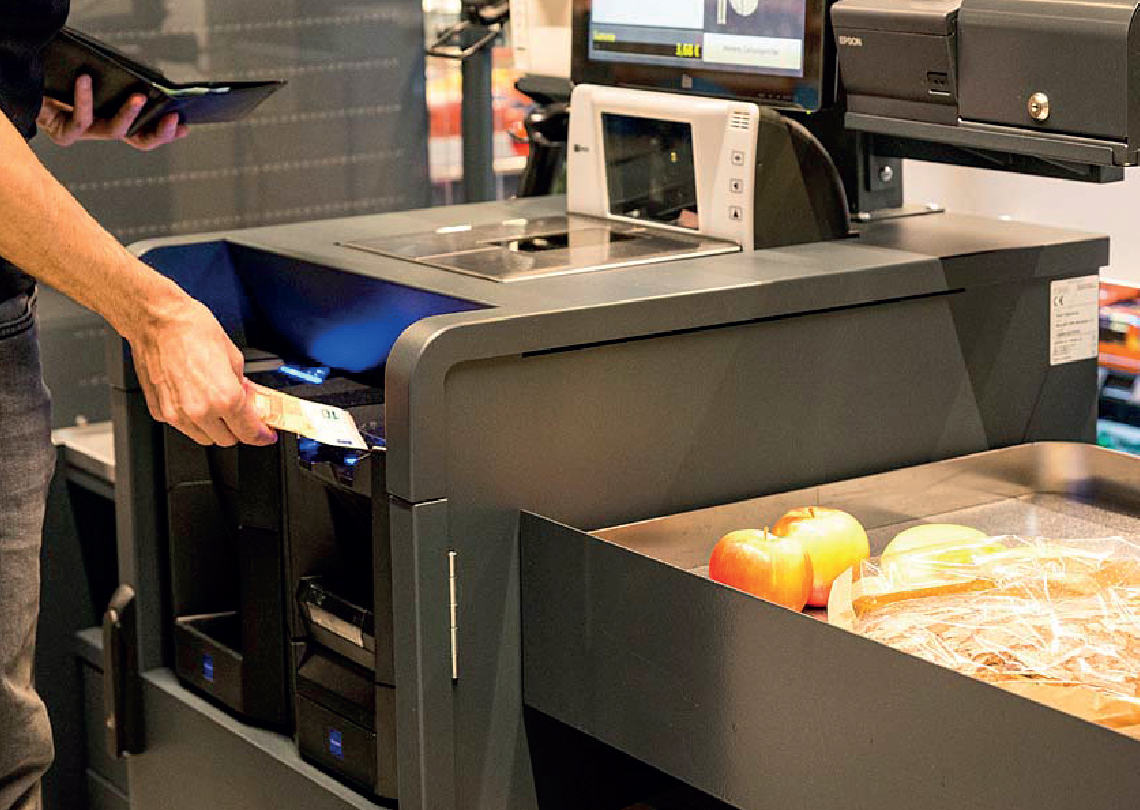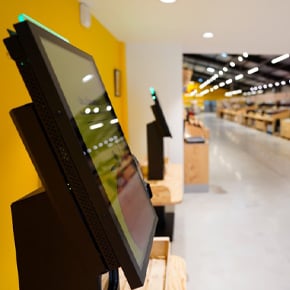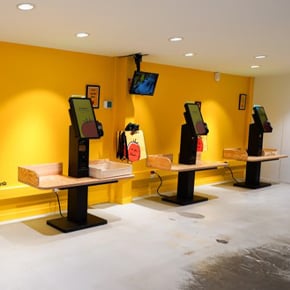The Tech Sprint: Why Retailers are Racing to Install In-Store Self-Service
Gilly Farrell

Investment in retail self-service technology is accelerating. Fortune Global Insights forecasts a CAGR of 16.2% to 2030 in self-checkout technology investment, which translates into USD 13.98 billion. This is despite the current uncertain economic landscape.
But this was always on the cards. Regardless of pandemics, wars, economic conditions. This shift to self-service was inevitable. We now see self-service not only in supermarkets but in clothing stores, convenience stores, transport hubs, banks, and F&B.
The big on-line tech brands have set new expectations for shoppers – based on choice, speed, convenience, and control. Global internet access and smartphone usage continues to grow – keeping the pressure on retail stores to manage and provide for the new shopping behaviour customer expectations of an increasing number of their consumers. The generations that have grown up with online access are a growing percentage of the overall population.
On the high street, retail stores need to stay relevant and attractive to shoppers to compete with the online channel. They are turning to self-service solutions to deliver and reflect the choice, speed, convenience and control that consumers now expect online and offline. But at the same time, they can use them as a tool to improve operational efficiency, bringing benefits to business as well as shoppers.
Self-service is now a vital tool to keep your store channel successful and relevant for customers going forward. Particularly in the following ways:
Delivering an Omni-channel Brand Experience
The physical store is still a key channel for your brand. But the omnichannel consumer has never been more powerful. They purchase 70% more often and spend about 34% more than people who shop exclusively in stores*. Improving the synergy of your physical stores with your online channels is key to optimising sales and creating a consistent customer brand experience.
Self-service kiosks, for example, can bring your digital channels into your physical store. They assist you by offering in-store ordering to increase the choice for customers, for click and collect and returns for goods purchased online, to give access to your loyalty schemes or personalised offers.

Diversification
Self-service can help you diversify, by managing the customer journey for additional service offerings. We see around us how businesses are adding more services within stores, a café in a supermarket, or in a barber’s shop, or partnering with other brands to bring more choice of goods within the store. This attracts increased footfall, encourages customer retention, and brings new shoppers to your store.
A perfect example is fuel retail, where they now cannot rely on petrol sales alone to run a profitable business. They now offer many services, such as electric car charging, car wash, grocery shopping, food and beverage, postal services and click and collect for ecommerce shopping. These additional revenue streams need to be managed to ensure that you are still providing a speedy and convenient check-out experience. Customers don’t want to queue.
Staffing
And self-service can help you manage better with existing or limited staff resources. In Europe alone, the forecasted retail staff shortage is 1.8 million by 2025. Freeing up staff from pure cashier roles can help, and you can create more varied, interesting staff roles that can help with staff retention.
McKinsey Global Institute research in 2022 has shown that about half of the activities in retail can be automated using current, at-scale technology. These changes will be less about job loss and more about the evolution of jobs, the creation of new ones, and reskilling.

Solutions that enhance the customer experience you deliver
In retail stores, restaurants, hotels and banks around the world, Glory’s solutions enable customer choice, automate routine processes and release staff time to focus on delivering the best experience to customers.
After all, it’s the experience you deliver that sets you apart from your competitors and keeps your customers coming back.